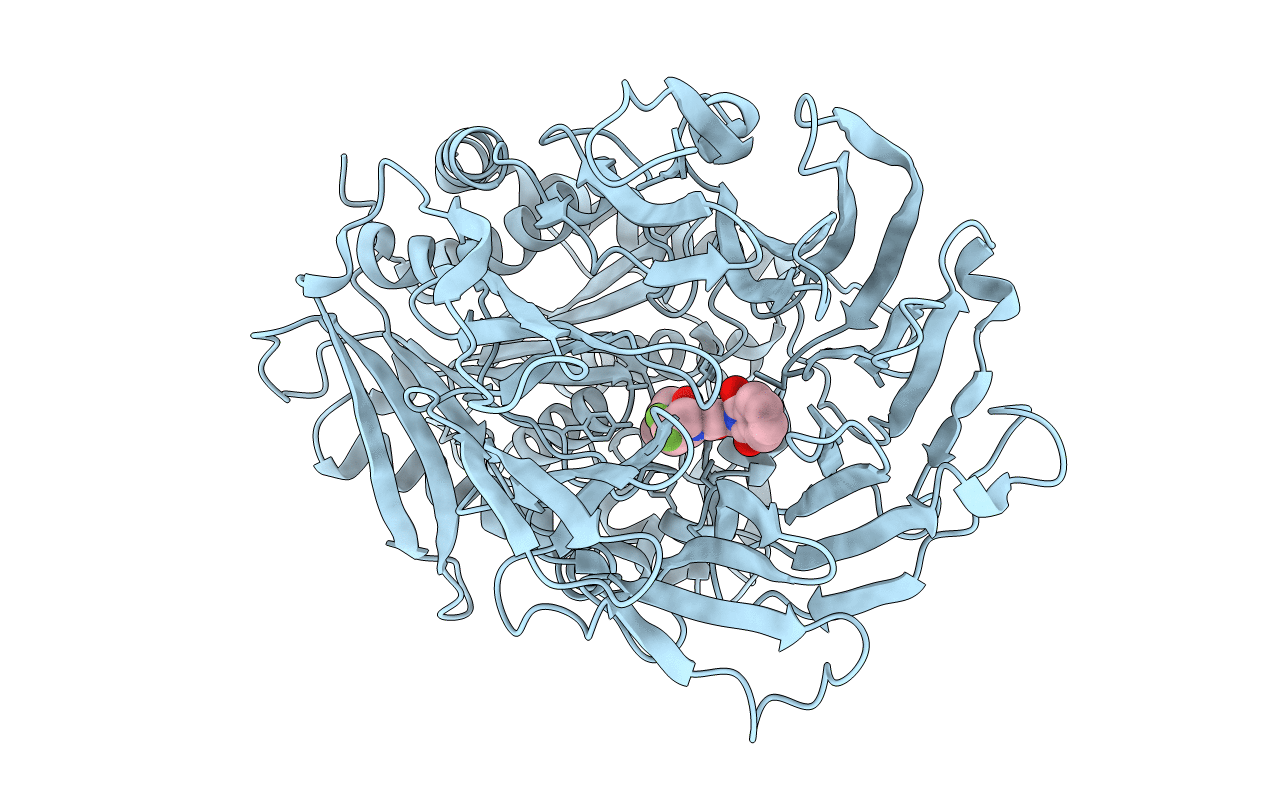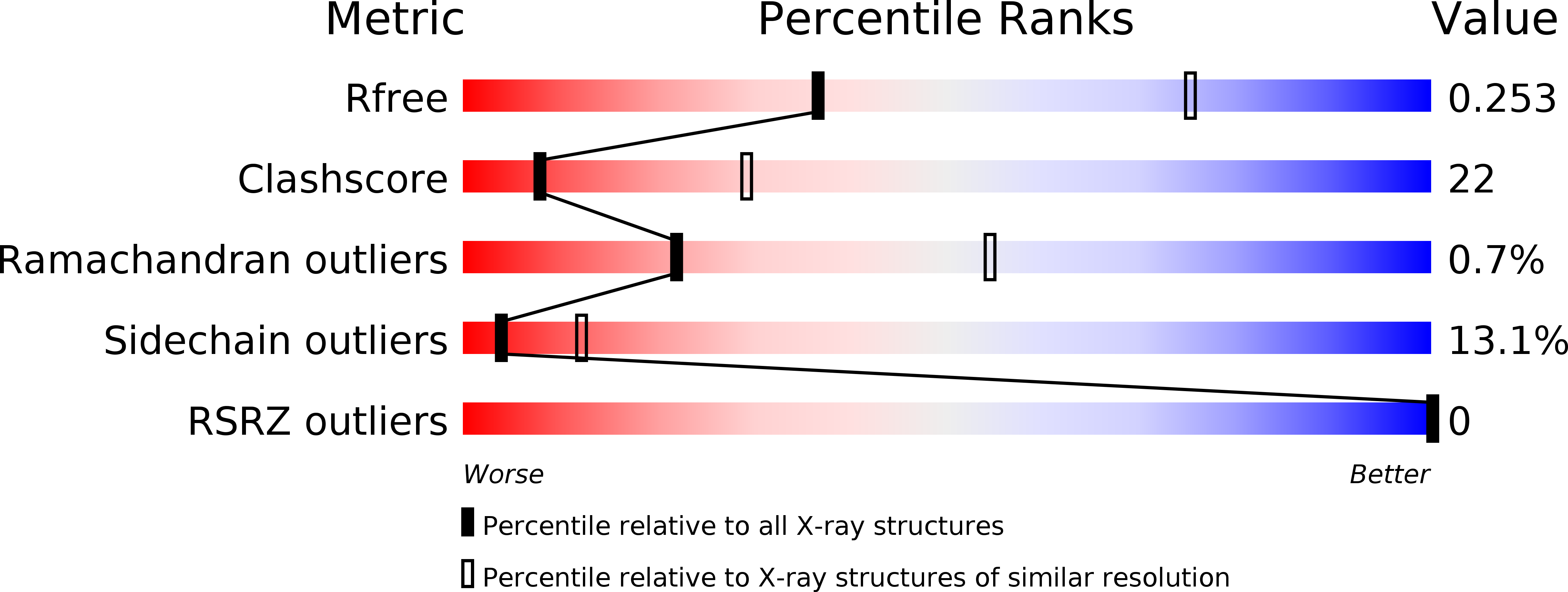
Deposition Date
2008-09-30
Release Date
2009-08-25
Last Version Date
2023-11-01
Entry Detail
PDB ID:
3EQ7
Keywords:
Title:
Prolyl oligopeptidase complexed with R-Pro-(decarboxy-Pro)-Type inhibitors
Biological Source:
Source Organism:
Sus scrofa (Taxon ID: 9823)
Method Details:
Experimental Method:
Resolution:
2.89 Å
R-Value Free:
0.25
R-Value Work:
0.17
Space Group:
P 21 21 21


